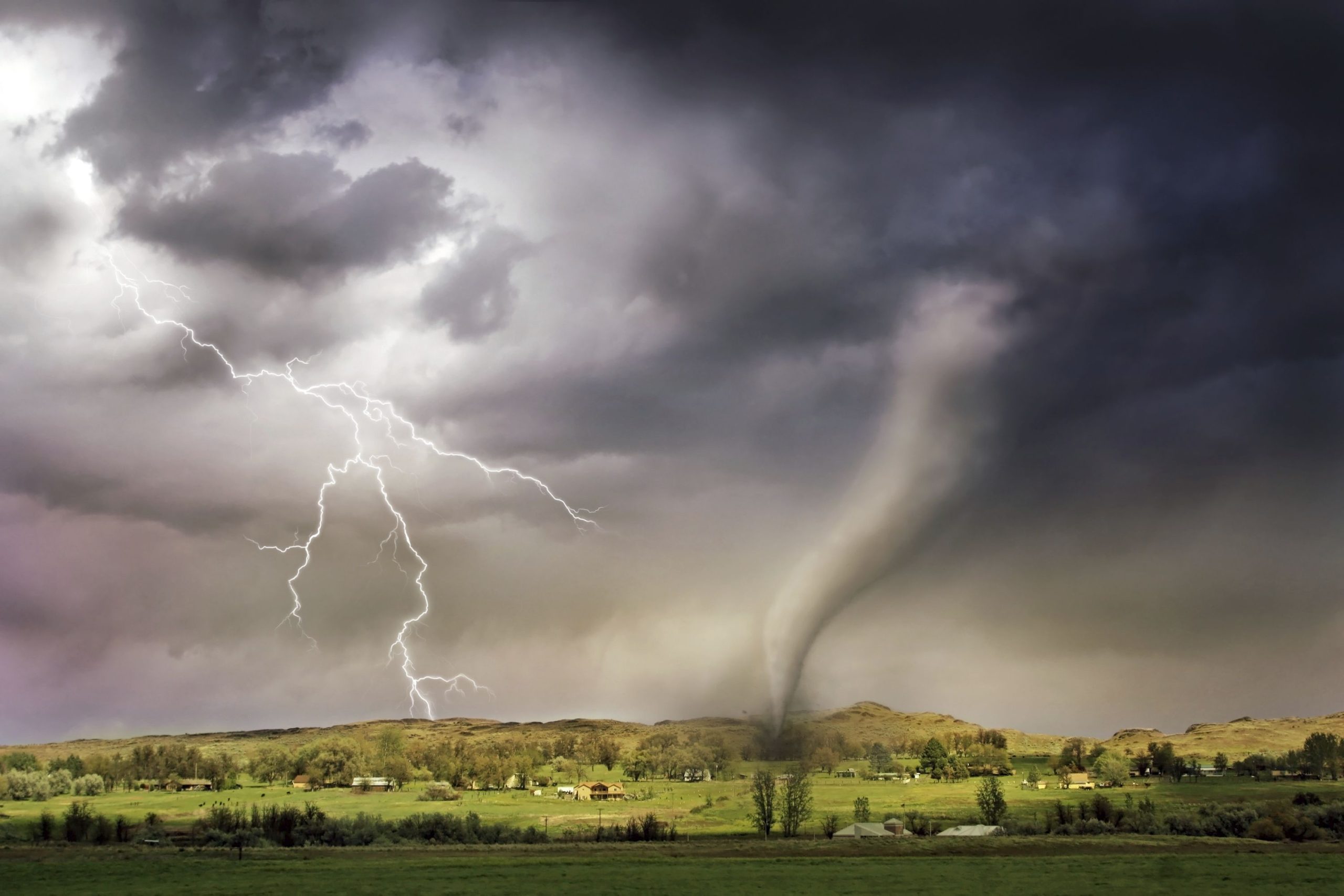**How to Know a Tornado Is Coming**
Imagine, you’re sitting at home, enjoying a calm and peaceful day, when suddenly the sky turns dark and the wind starts to howl ominously. You might start to wonder, is a tornado coming? Tornadoes are powerful and destructive natural phenomena that can cause significant damage and even loss of life. Knowing how to recognize the signs of an approaching tornado can help you take immediate action to protect yourself and your loved ones. In this article, we will explore the different ways to know if a tornado is coming and what you should do when faced with this dangerous weather event.
1. Understanding Tornadoes
Before we dive into the signs of an approaching tornado, let’s first understand what a tornado is. A tornado is a rapidly rotating column of air that is in contact with both the surface of the Earth and a cumulonimbus cloud. They can vary in size and intensity, with some tornadoes being small and weak, while others are large and extremely destructive. Tornadoes are typically formed from severe thunderstorms and are most common in the United States, but they can occur in other parts of the world as well.
2. Monitoring Weather Forecasts
One of the best ways to know if a tornado is coming is by monitoring weather forecasts. Meteorologists use advanced technology and data analysis to predict severe weather events, including tornadoes. Pay attention to your local weather forecast and stay tuned to updates. Look for watches and warnings issued by the National Weather Service (NWS). A tornado watch means that the conditions are favorable for a tornado to develop, while a tornado warning indicates that a tornado has been spotted or is imminent. Take these warnings seriously and take immediate action to protect yourself.
3. Recognizing the Signs
While weather forecasts are helpful, there are also visual and atmospheric signs that can indicate the approach of a tornado. Here are some key signs to look out for:
a. Dark and Green Sky:
Tornadoes often bring with them a dark and greenish sky. If you notice the sky turning an unusual shade of green or a dark color, it could be a sign that a tornado is on its way. This is caused by the sunlight being filtered through the storm clouds, which can create this unique coloring.
b. Wall Cloud:
A wall cloud is a large, lowering, and rotating cloud that can be an indication of an impending tornado. Wall clouds are typically found at the base of a thunderstorm. If you see a wall cloud forming, it’s important to take immediate action and seek shelter.
c. Funnel Cloud:
A funnel cloud is a rotating column of air that is not yet in contact with the ground. Funnel clouds may extend down from a wall cloud, or they may develop independently. If you see a funnel cloud, it’s a clear sign that a tornado is likely to form soon.
d. Loud Roaring Sound:
Tornadoes often produce a loud, continuous roaring sound, similar to that of a freight train. If you hear this distinct sound, it’s a strong indication that a tornado is nearby. Take immediate shelter and protect yourself from flying debris.
4. Taking Action
When you know a tornado is coming, it’s important to take immediate action to protect yourself and your loved ones. Here are some essential steps to follow:
a. Seek Shelter:
Find a small, windowless, and centrally-located room in your home, such as a basement or an interior bathroom. If you live in a mobile home or a vehicle, abandon it and seek a sturdier shelter.
b. Get Low:
Once you are in your safe space, crouch down as low as possible to the floor. Cover your head and neck with your arms and use a mattress or heavy blankets for additional protection.
c. Stay Informed:
Keep a battery-powered radio or a smartphone with you to stay updated with the latest weather information and alerts. Avoid using candles or open flames during the storm.
d. After the Storm:
Once the tornado has passed, proceed with caution. Watch out for hazards such as downed power lines, damaged buildings, and other debris. Only leave your safe space when it is safe to do so.
Frequently Asked Questions
Q: Can tornadoes occur at night?
A: Yes, tornadoes can occur at any time, including at night. Make sure you have a reliable source of weather information, and be prepared to take immediate action if a tornado warning is issued.
Q: How long do tornadoes typically last?
A: The duration of a tornado can vary. Most tornadoes last a few minutes, but some can persist for over an hour. It’s important to stay in your safe space until you receive an “all-clear” signal from authorities or the storm has passed.
Q: Can a tornado change direction suddenly?
A: Yes, tornadoes can change direction suddenly and without warning. Always follow the guidance of local authorities and stay informed of the latest weather updates to ensure your safety.
Q: What is the difference between a tornado watch and a tornado warning?
A: A tornado watch means that conditions are favorable for the development of tornadoes in the area, while a tornado warning indicates that a tornado has been sighted or detected by radar and is imminent. When a tornado warning is issued, take immediate action to protect yourself.
Final Thoughts
Knowing the signs that a tornado is coming can mean the difference between life and death. By understanding the nature of tornadoes, monitoring weather forecasts, recognizing visual signs, and taking immediate action, you can keep yourself and your loved ones safe during severe weather events. Remember, it’s always better to err on the side of caution when it comes to tornadoes. Stay informed, have a plan in place, and be prepared to take action when needed. Stay safe!
